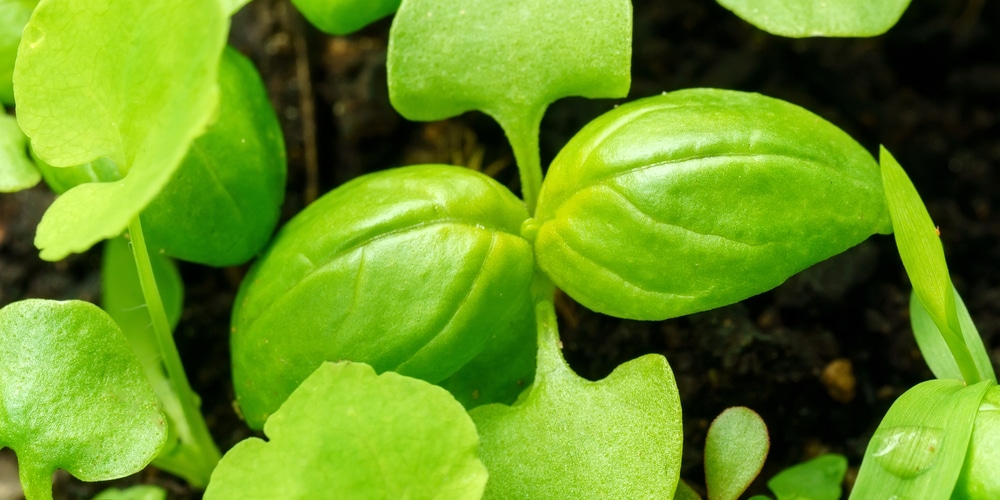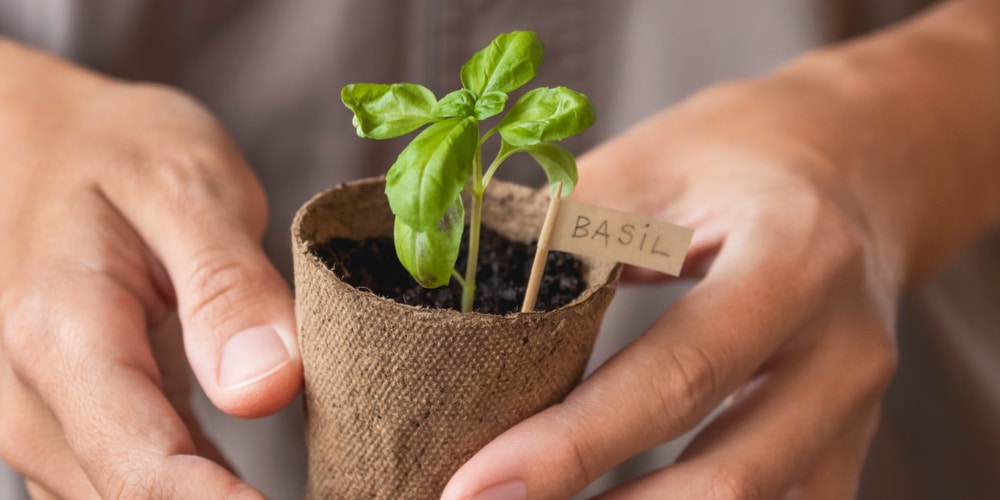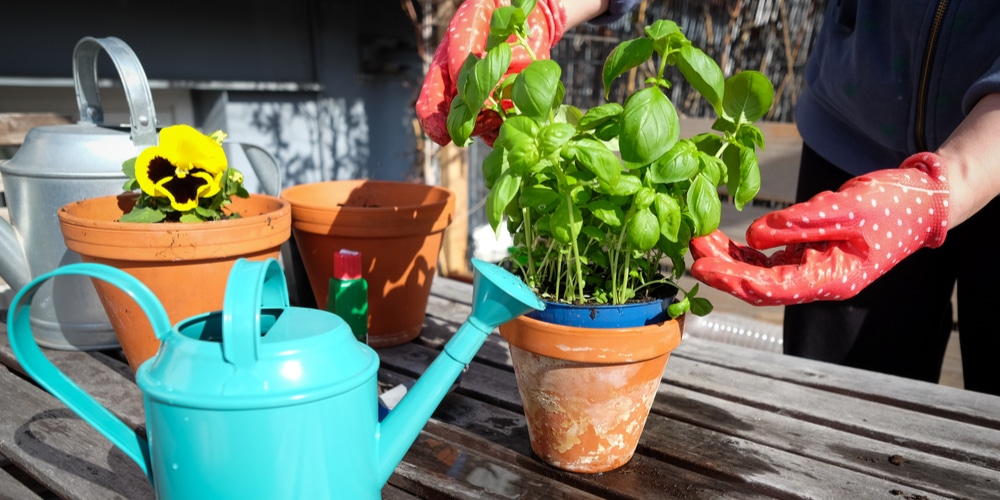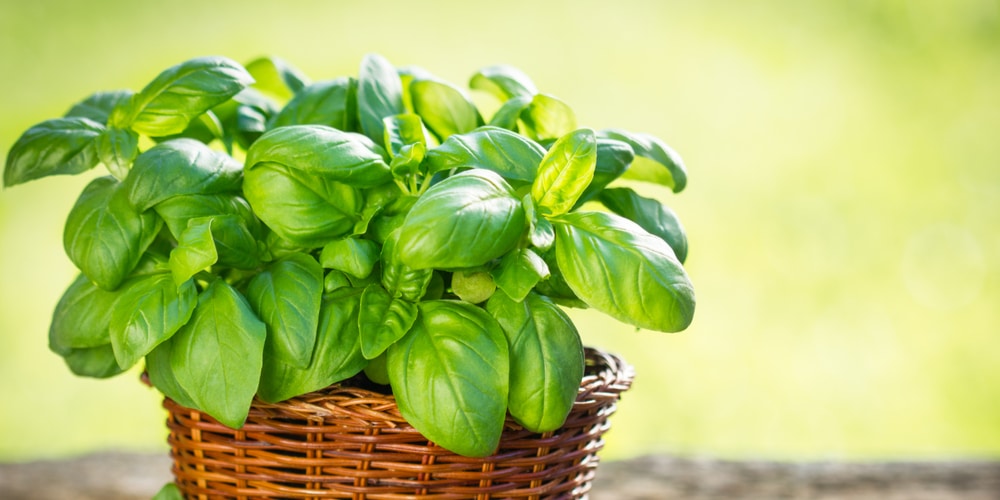Do you love growing your herbs? If so, basil is a great herb to start with. It’s easy to grow, and it tastes delicious in recipes. However, for your basil plant to stay healthy and alive, you need to fertilize it properly. In this blog post, we will discuss the best basil fertilizer and how to use it correctly!
What To Look For In A Fertilizer For Basil
When looking for a fertilizer for your basil plant, you should keep a few things in mind. First of all, you want to ensure that the fertilizer is high in nitrogen. This is an essential element for basil plants because it helps them grow healthy leaves.
Additionally, you want to choose a slow-release fertilizer. This means that the nutrients will be released slowly over time, ideal for basil plants.
What Fertilizer Is Best For Basil
When it comes to basil, a few different types of fertilizer can be used to obtain a great harvest. For starters, something high in nitrogen should be applied a few times throughout the growing season.
This will help the plant produce more leaves, which is ideal for those who want to use basil for culinary purposes. However, too much nitrogen can cause the basil to have fewer flowers and less oil, so it is crucial to find a balance.
Phosphorus is another vital element for basil, as it helps the plant produce more flowers and oil. A fertilizer with a high phosphorus content should be applied once or twice during the growing season, preferably during the flowering stage.
Lastly, potassium is essential for overall plant health and vigor and can help basil to resist stress from pests and diseases.
A fertilizer with a high potassium content can be applied once or twice during the growing season. A 10-10-10 fertilizer is a good option for basil, as it contains equal parts nitrogen, phosphorus, and potassium.
How To Use Fertilizer For Basil
If you want to grow healthy and vigorous basil plants, fertilizer is a must. But what kind of fertilizer should you use for basil, and how often should you apply it? Here are some tips to help you get the most out of your fertilizer application.
The best time to fertilize basil is in the spring after the last frost has passed. You can either apply a slow-release fertilizer or a water-soluble fertilizer every four to six weeks.
For water-soluble fertilizer, mix it with water according to the manufacturer’s instructions, and then water your basil plants with the mixture. If you’re using a slow-release fertilizer, sprinkle it around the base of each plant and then lightly rake it into the soil.
As for how much fertilizer to use, a general rule is to apply one teaspoon per square foot of garden bed space. So if you have a 10×10 footbed, you would use ten teaspoons of fertilizer.
Remember to adjust according to the manufacturer’s directions – too much fertilizer can burn your plants! Basil is a heavy feeder, so don’t be afraid to use a little more than recommended if your plants seem like they could use a boost.
Can You Use Organic Fertilizer?
Yes, you can use organic fertilizer for basil plants. Many gardeners prefer to use organic fertilizers because they are environmentally friendly and safe for children and pets. Here are a few that you can use:
Compost
While many people think of compost as nothing more than a garden waste, it can be an excellent source of nutrients for plants. Compost comprises decomposed organic matter, such as kitchen scraps and leaves, and it is full of essential nutrients that plants need to thrive.
When used as fertilizer, compost can help improve the soil’s fertility and promote healthy plant growth. Basil is a perfect candidate for compost fertilizer, as it is a heavy feeder that benefits from a consistent supply of nutrients.
For best results, mix compost into the soil around the base of the basil plant at least once per month. Using compost to fertilize your basil plants can give them the nourishment they need to grow strong and healthy.
Kelp meal
Kelp meal is made from dried seaweed and is rich in nutrients beneficial for plants, including nitrogen, phosphorus, and potassium. Kelp meal also contains trace elements like iron and magnesium, which can help to encourage strong growth.
In addition, kelp meal helps to improve soil structure and increase moisture retention. As a result, it can be a great way to give your basil plants a little extra support.
Best of all, a kelp meal is easy to find and relatively inexpensive. Add a few handfuls to your basil potting mix, and you’ll be well on your way to a bumper crop of delicious basil.
When using organic fertilizers, it’s important to remember that they are not as concentrated as chemical fertilizers. You will need to apply more of them to get the same results.
For example, if a chemical fertilizer recommends applying one tablespoon per square foot, you need to apply two tablespoons of organic fertilizer. It’s also important to remember that organic fertilizers release nutrients more slowly than chemical fertilizers, so you will need to apply them more often.
A good rule of thumb is to use organic fertilizer every two weeks.
Basil Fertilizer: Final Thoughts
No matter what type of fertilizer you use, the most important thing is to be consistent with your applications. Basil is a heavy feeder that benefits from a constant supply of nutrients, so it’s important to fertilize regularly.
By following these tips, you can give your basil plants the nourishment to grow strong and healthy.
Related Article: Reviving a Basil Plant



